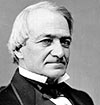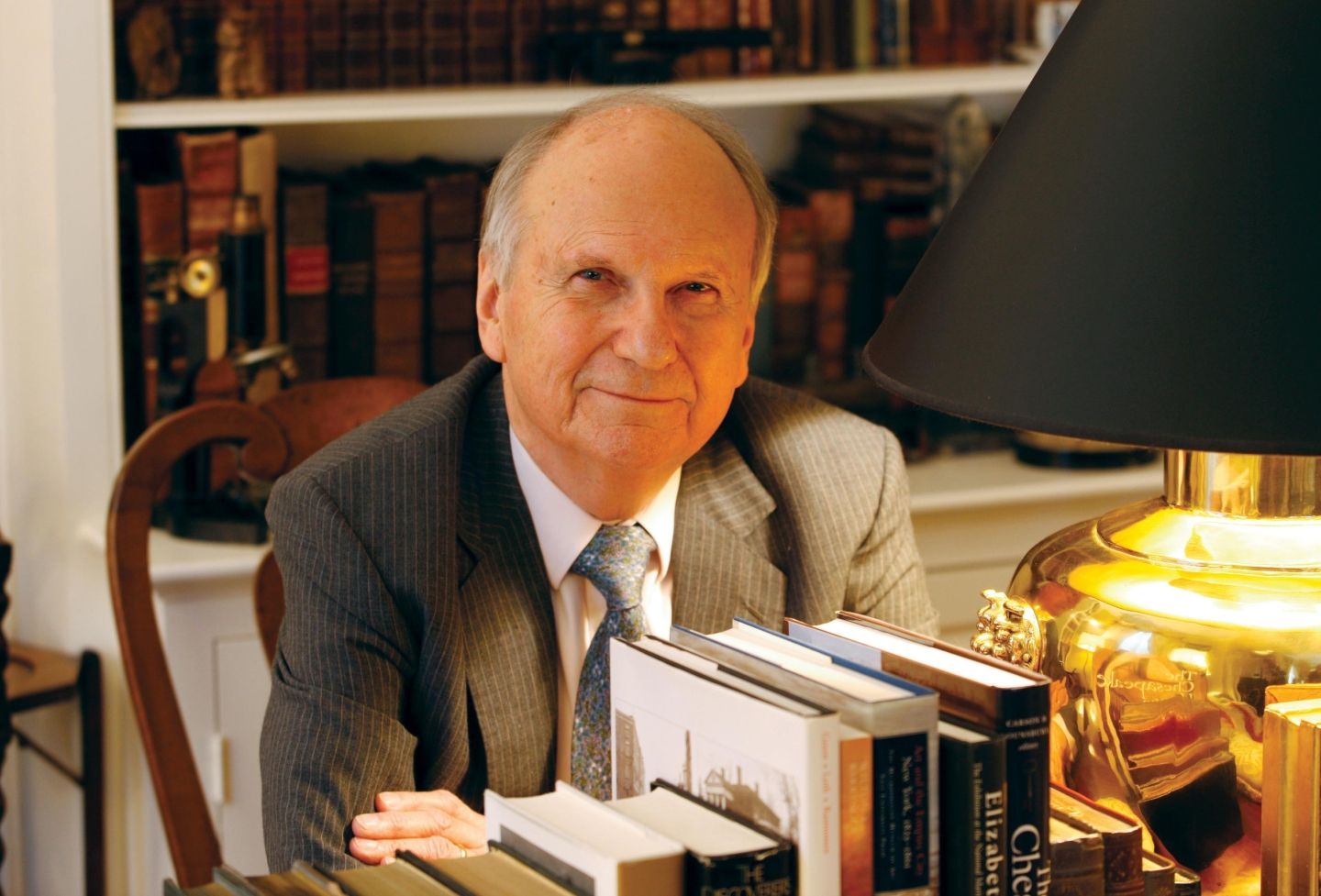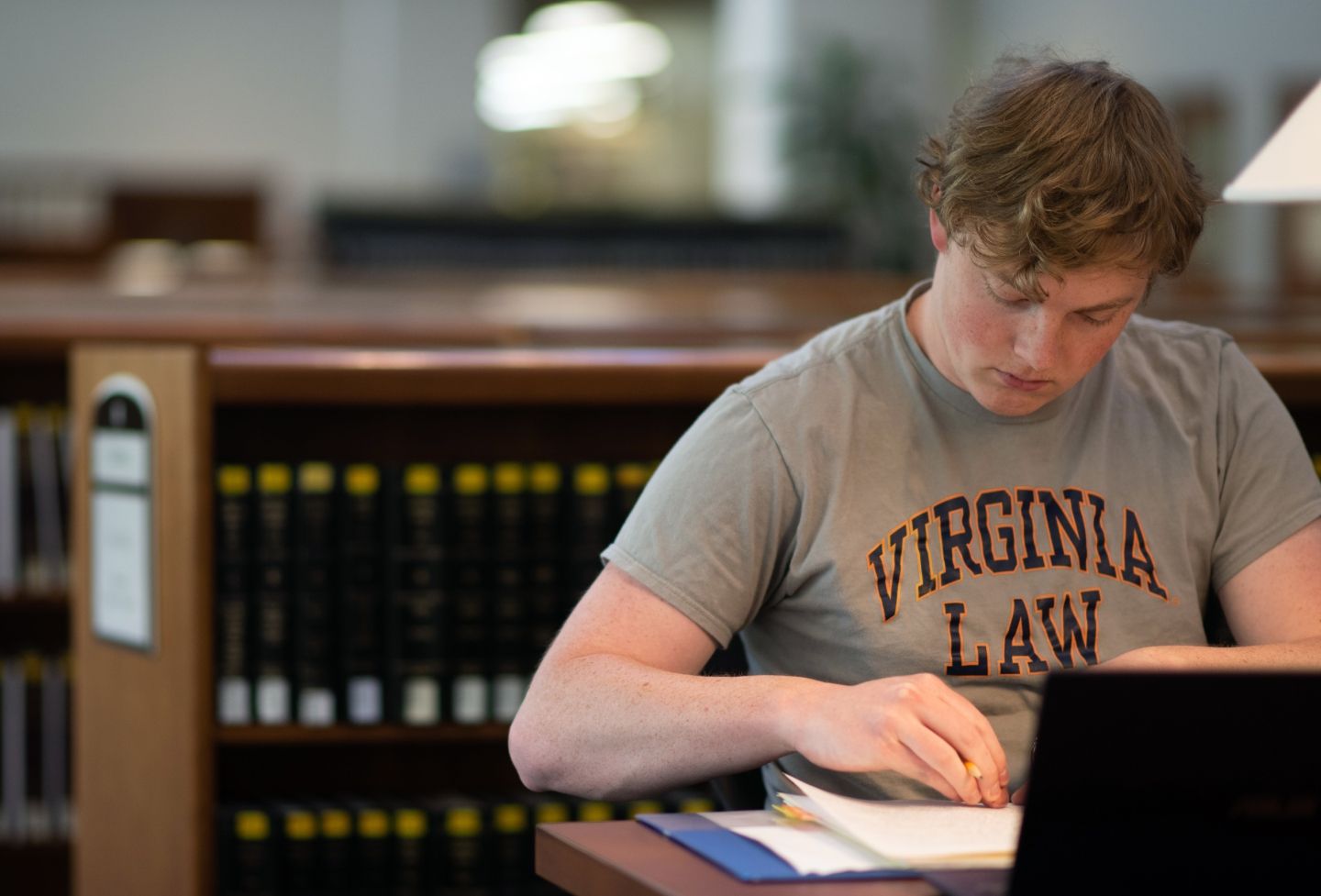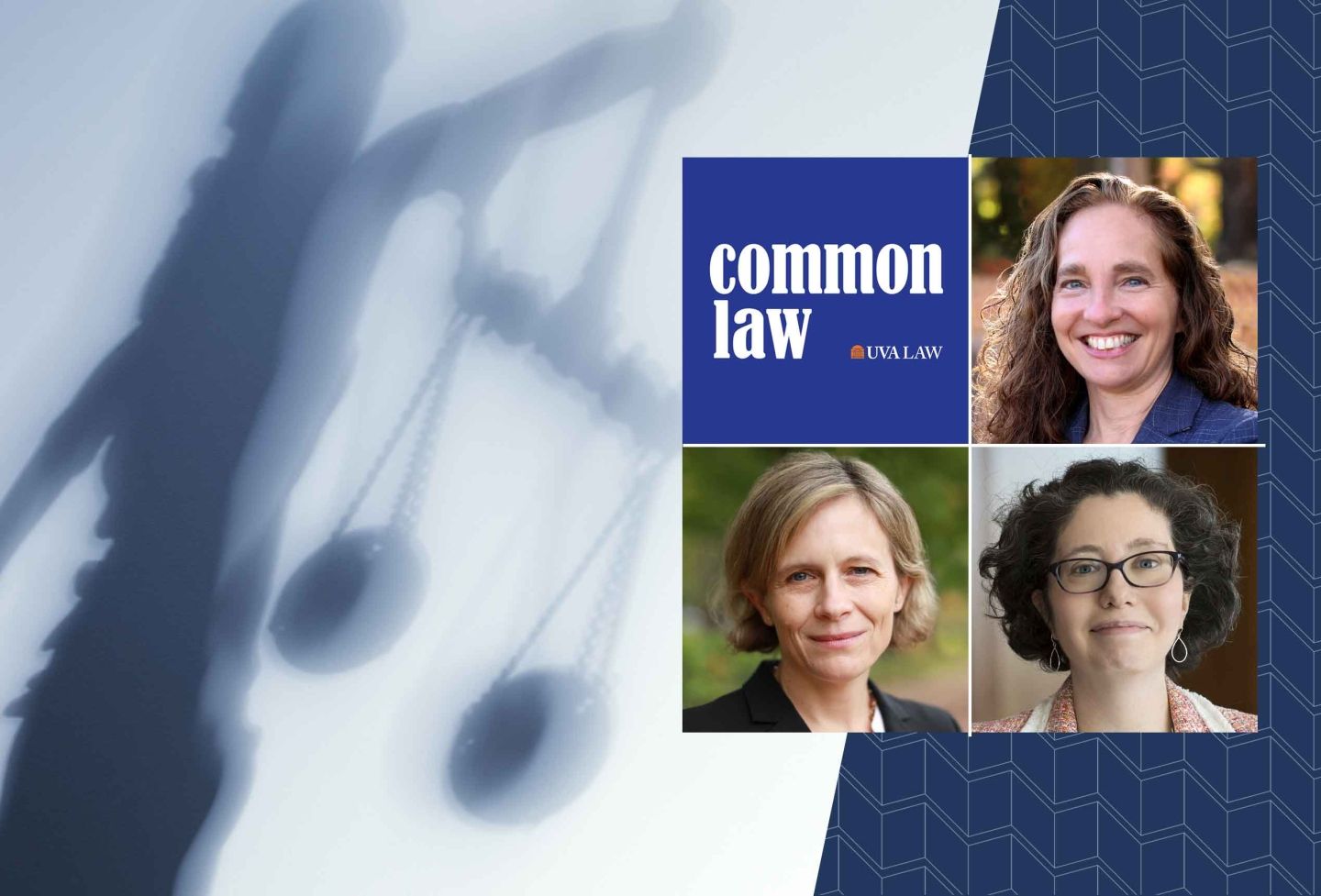Supreme Court CSI: Rutherglen Tracks Down Source of Infamous Error
Posted July 18, 2008
 In 1883, a typo crept undetected into the Civil Rights Cases, a precedent-setting U.S. Supreme Court ruling on Congress’ power to legislate civil rights.
In 1883, a typo crept undetected into the Civil Rights Cases, a precedent-setting U.S. Supreme Court ruling on Congress’ power to legislate civil rights.
Now, in the name of accuracy, Law School ProfessorGeorge Rutherglen has embarked on a quest to purge the 125-year-old gaffe from the nation’s official record and find what caused the error, a process he is finding surprisingly difficult.
The Civil Rights Cases opinion is the leading decision from the 19th century on the power of Congress to enforce the 13th and 14th Amendments. The 13th Amendment abolished slavery, while the 14th Amendment was designed to secure rights for former slaves and contains the Due Process and Equal Protection clauses.
“It’s surprising that the official version of the opinion confuses the two amendments,” said Rutherglen, an expert on the 13th Amendment. “I’ve been on a personal, if not Quixotic, campaign to get it changed.”
Rutherglen has been doing historical detective work on Justice Joseph P. Bradley’s majority decision, the text in which the error occurs, and has been in contact with the reporter’s office at the Supreme Court in a bid to get it removed from U.S. Reports, the court’s official record.
Rutherglen could also be something of a groundbreaker, according to Professor Charles McCurdy, a colleague who teaches both history and law. Though corrections to decisions — called erratum — are common, most are done contemporaneously and none has ever been published so far after the fact, McCurdy said.
“George is one of a kind, and so is his appeal to the court,” he joked.
So far, the appeal hasn’t been successful. Rutherglen has provided Supreme Court staff with evidence of the error, but “they aren’t much interested in publishing errata 125 years after the decision was handed down,” he said.
As part of his effort, Rutherglen is planning an upcoming trip to the National Archives, where he hopes to determine how the error occurred and who is responsible.

Justice Joseph
P. Bradley
“If the enjoyment of equal rights in all these respects has become established by constitutional enactment, it is not by force of the XIIIth Amendment, which merely abolishes slavery, but by force of the XIVth and XVth Amendments,” Bradley wrote.Justice Bradley, the opinion’s author, has already been removed from the list of possible culprits. According to Rutherglen, Bradley was very clear when he asserted in his decision that the 13th Amendment didn’t give Congress the authority to outlaw racial discrimination by private institutions such as hotels and theaters.

The original print of the opinion
However, in the text entered into the national record — the repository of official Supreme Court decisions — that passage ends with “…but by force of the 13th and 15th Amendments.”
Rutherglen first noticed the error years ago while researching the case.
“I thought, ‘That can’t possibly be right,’” he recalled.
But the error has been around nearly as long as the decision, and is widely accepted by legal scholars as a mistake, McCurdy said.
“It’s always been seen as a typo,” he said of the passage.
Though blatant, the mix-up isn’t dangerous in the legal sense; there’s scant chance it could cause some legal misunderstanding, Rutherglen said. But he still finds it galling that the error has been allowed to languish for so long.
“It seems to me that a blemish of this magnitude in a case that’s this important really needs to be fixed,” he said.
To that end, he got a copy of Bradley’s original opinion, and saw that the passage was correct. The error was likely introduced afterward as the opinion was shuffled back and forth between the court and the printer, Rutherglen said.
The reporter of decisions is the officer of the Supreme Court responsible for seeing the justices’ writing safely entered into the national record.
In 1883, the Civil Rights Cases may have been the first that new Reporter of Decisions John Chandler Bancroft Davis would have handled, Rutherglen said.
“There is reason to believe this, based on what Davis himself said, and I think he was probably himself confused about how exactly to handle the opinion,” Rutherglen said.
Bradley’s longhand manuscript first went to a printer, who produced the preliminary copy. This version was distributed to the press, and contemporary media accounts show that the typo hadn’t yet been introduced, Rutherglen said.
“Then the opinion goes from the reporter of decision, who works from the first printed version and makes corrections, and becomes what is called the ‘engrossed’ copy,” he said. “This is the copy I haven’t seen.”
Officials at the National Archives said the engrossed copy is impossible to safely copy now, so Rutherglen is driving up to Washington, D.C., at the end of the month to take a look. He should then be able to tell exactly when the typo got in there.
For now, Rutherglen suspects a printer’s mistake crept in and Davis never got around to correcting it. In the original version of the decision, Bradley wrote the number of the amendments in Roman numerals – in the recorded decision, the numbers are in text.
“I think the printer just got confused and his eyes skipped from one line to the next. He replaced the Roman numeral XIV in one line and replaced it with the Roman numeral XIII in the line immediately above it.”
Founded in 1819, the University of Virginia School of Law is the second-oldest continuously operating law school in the nation. Consistently ranked among the top law schools, Virginia is a world-renowned training ground for distinguished lawyers and public servants, instilling in them a commitment to leadership, integrity and community service.


